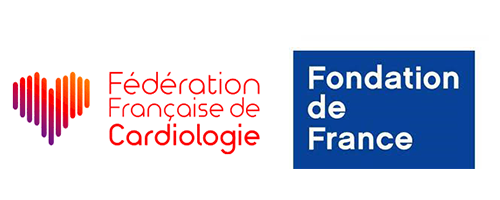Research program : Extracellular vesicles and metabolic diseases
Home > Team 6 > Research program > Axe 1
Extracellular vesicles and cardio-metabolic dysfunctions: interrelation between obesity, diabetes, and metabolic syndrome
Complications associated with obesity, diabetes, and metabolic syndrome lead to the development of cardiovascular disease. Two types of extracellular vesicles, those of large size and those of small size will be examined. The main objective will be to identify subpopulations of extracellular vesicles that will help to understand and predict the development of cardiovascular diseases. In addition, the specific signatures of the extracellular vesicles of obese, diabetic, or metabolic syndrome patients will be analyzed to verify their prognostic value. Finally, the common consequences of obesity, diabetes, and metabolic syndrome, such as increased cardiovascular morbidity, including peripheral vascular disease and coronary artery disease, will be highlighted.
Indeed, we have described that the circulating levels of extracellular vesicles are increased in patients with metabolic syndrome, induce vascular dysfunction and actively participate in the early phase of atherosclerosis by acting on endothelial and smooth muscle cells of the vascular wall. Moreover, extracellular vesicles are potential biomarkers and biological vectors of vascular damage associated with metabolic syndrome by promoting endothelial dysfunction and inflammation. Finally, we are also studying whether extracellular vesicles derived from feces, including those of the microbiota, participate in intestinal barrier dysfunctions and inflammation in metabolic diseases. However, knowledge of a more complete repertoire of molecules transported by extracellular vesicles (proteins, miRNAs, lipids, and bacteria) is necessary to better understand the complex interrelation between obesity, type 2 diabetes, liver diseases and cardiovascular injury. Thus, the project was designed to better understand the multifactorial nature of these diseases. Thus, we will exploit the biology of extracellular vesicles, develop new signatures of extracellular vesicles to profile patient samples and establish the effects of extracellular vesicles on target cells mainly vascular cells, cardiomyocytes and their interaction with cells involved in the cardio-metabolic consequences of atherosclerosis such as monocytes/macrophages, liver cells and adipocytes. We will focus on targets of interest based on our preliminary functional and “omics” data and considering the association with other teams in the Unit.
Fundings

